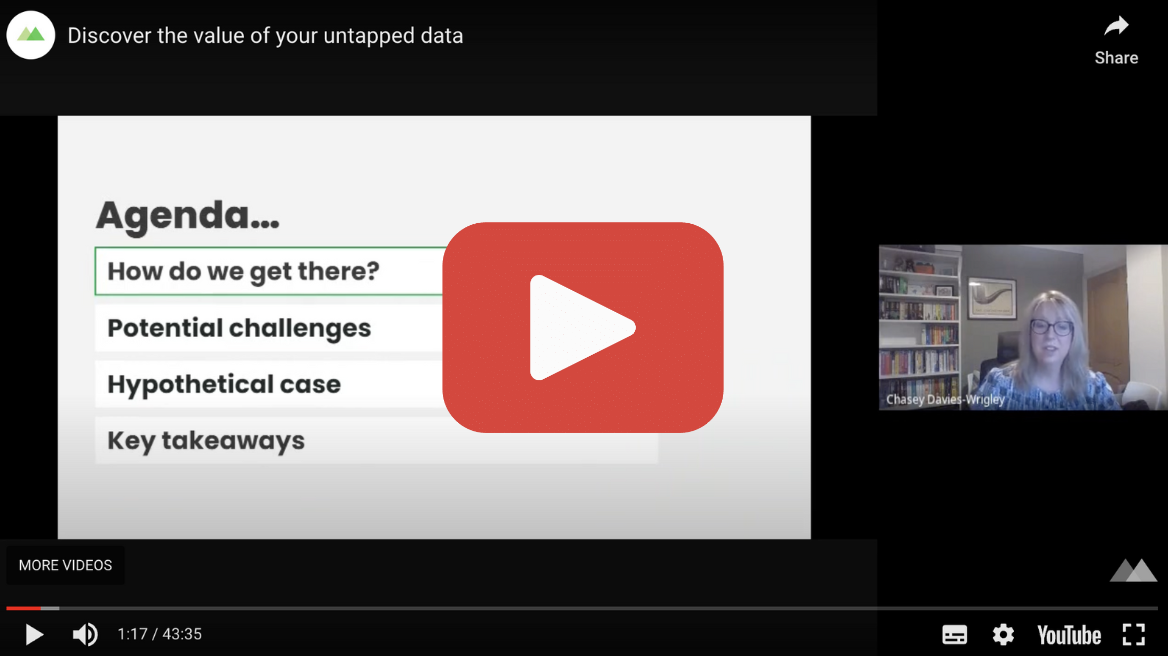About this event
How great is the hidden potential of your data transformation?
We know the public sector collects and stores a substantial amount of data, but there are recurrent challenges to optimise its value, that vary from technical issues to privacy concerns.
Join our Principal Data Engineer Chasey Davies-Wrigley as she shares why finding opportunities in your organisation’s data is more than just an exercise in data maturity assessments. Chasey will help you to look at where you are now, including how to find your data value, all the way to where your data transformation could be, with tips on how to get there.
Got a tricky data question you’re struggling to find the answer to? Tune in as Chasey and other speakers from our data webinar series answer questions to your top data questions.
Date
Wednesday, 20 September 2023





